Antique Tea / Coffee Pot Set Meissen style Ernst Bohne Söhne Porcelain c1878+
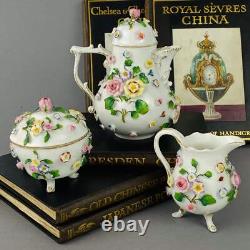
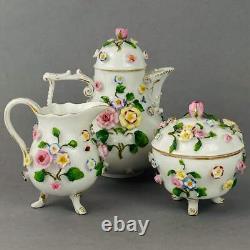
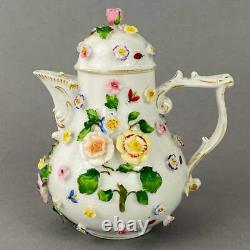
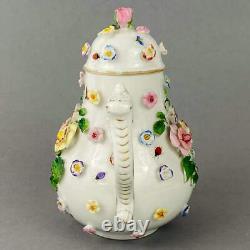
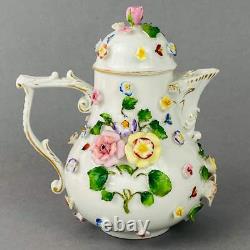
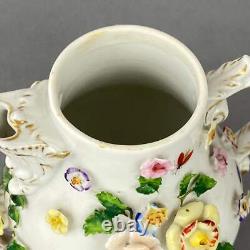
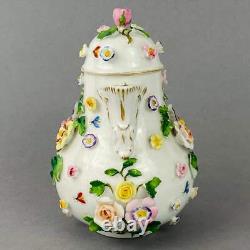
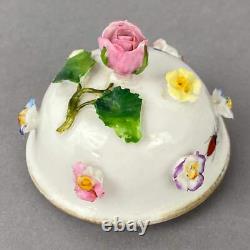
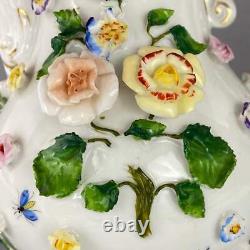
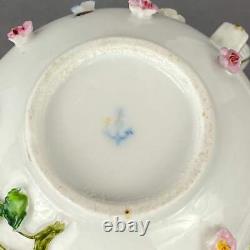
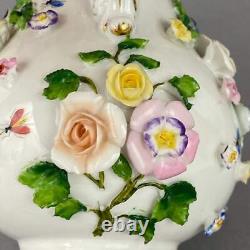
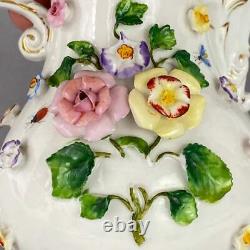
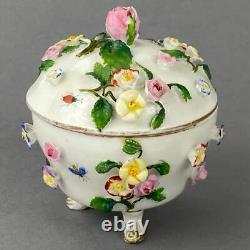
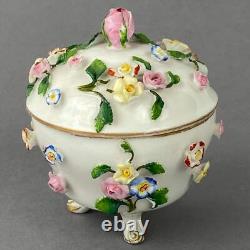
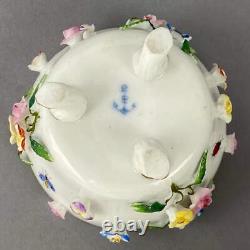
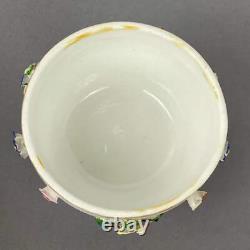
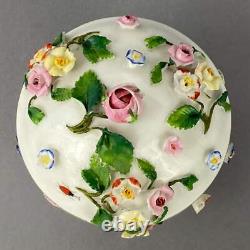
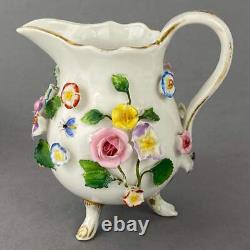

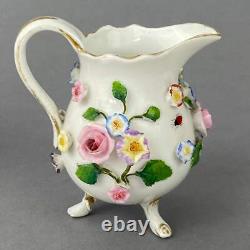
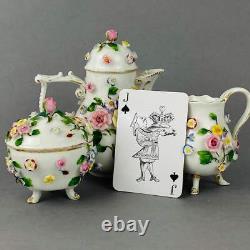
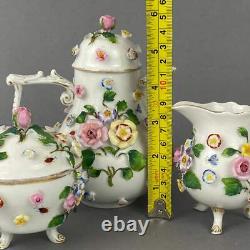
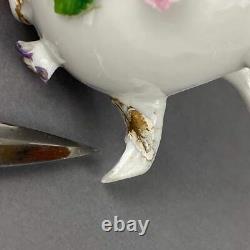
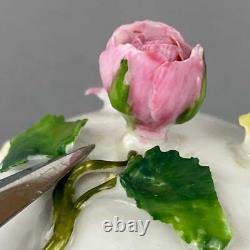

Antique Tea / Coffee Pot Set Meissen style Ernst Bohne Söhne Porcelain c1878+. Ernst Bohne Sohne set with tea or coffee pot, creamer / milk jug and sugar bowl with applied floral details and hand painted insects in the Meissen style. The set was made c18871896 with blue anchor mark to base. Inspection of condition found some losses to encrusted floral parts on the items. The finial of the teapot lid and foot on jug have been repaired historically / damaged. There is no other cracks chips or restoration. Gilt has some wear commensurate with age.
Images show all angles with the details mentioned. The set displays beautifully and is stable. Initially, it started as a porcelain painting business, but by 1850, a kiln was built, and the company began producing its own porcelain. After Ernst Bohne's passing in 1856, his sons Gustav, Karl, and David took over the business, officially establishing Ernst Bohne & Söhne. The company became renowned for its high-quality porcelain, including ivory imitations, Capo Di Monte-style pieces, biscuit figurines, and Dresden-style porcelain.
By the 1870s and 1880s, their work was recognized with several awards, and they had trade representatives in Berlin, Hamburg, Vienna, Paris, and London. Their anchor mark was introduced in 1878, often accompanied by the letters E. While their Capodimonte-style mark (N with a crown) was used for export porcelain from 1901 to 1920. In 1919, the company was acquired by Gebrüder Heubach AG, but after Heubach went bankrupt in 1937, the Rudolstadt branch was taken over by Albert Stahl, who renamed it Albert Stahl & Co.
Following World War II, the factory was nationalized by the East German government and later merged with Sitzendorfer Porzellanmanufaktur in 1974. However, in 1990, it was reprivatized and resumed operations under the name Albert Stahl & Co. Producing reproductions of Ernst Bohne & Söhne porcelain. The pot measures 5 & 7/8 or 15cm height. While their Capodimonte-style mark (N with a crown) was uséd for export porcelain from 1901 to 1920.Our items are available for pick-up. No additional information at this time. Vintage Chinese Cloisonne Copper Metal & Enamel Trinket Pot Cherry Blossom. Designer Mirror by Henkel Harris USA Chippendale 18thc Style in Mahogany Wood.
19thc Victorian Childs Toy Antique Rocking Horse Hand Made Real Hide c1840+. C1850s Antique Chinese Canton Pierced Plate Famille Rose Medallion Porcelain.
